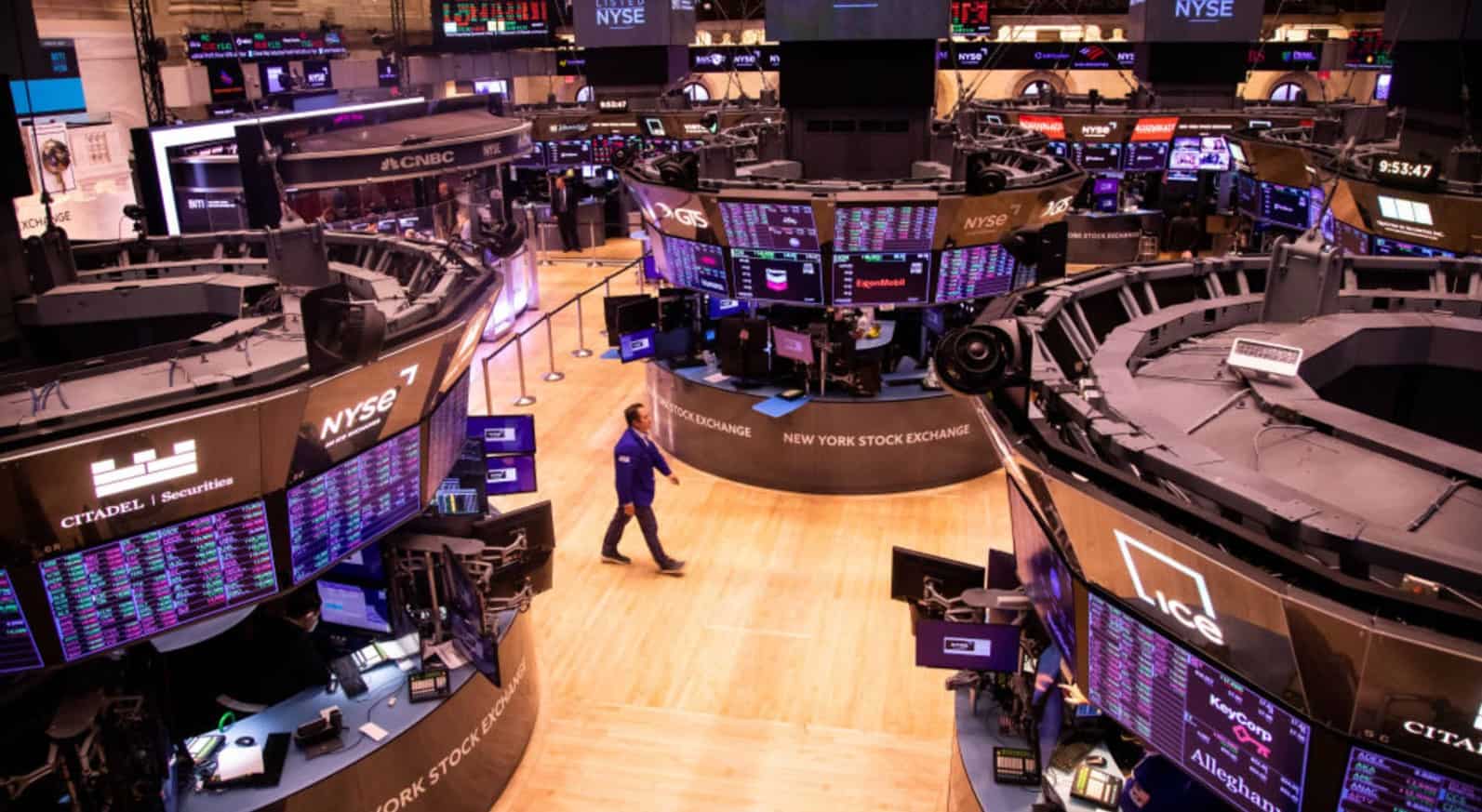The 2-year Treasury yield popped Wednesday while its 10-year counterpart fell, pushing the so-called inversion between the two to its biggest level since 2000. Yield-curve inversions are seen by many on Wall Street as signals that a recession lies on the horizon.
The 2-year, which is more sensitive to changes in monetary policy, traded more than 9 basis points higher at around 3.138%. The benchmark 10-year rate, meanwhile, slid nearly 4 basis points to 2.919%. Yields move inversely to prices, and a basis point is equal to 0.01%.
Those moves came after the U.S. government said after the consumer price index rose 9.1% on a year-over-year basis in June. That’s well above a Dow Jones estimate of 8.8% and marked the fastest pace for inflation since November 1981. It also added to worries of even tighter monetary policy from the Federal Reserve.
Wells Fargo’s Michael Schumacher said fed funds futures started pricing in a rate hike of more than 75 basis points for this month following the report’s release.
Core CPI, which strips out volatile food and energy prices, popped 5.9%, compared with a 5.7% estimate.
“The core is chugging along at a frightening clip,” said Michael Schumacher at Wells Fargo. He said fed funds futures are now pricing 81 basis points rate hike for July. That would indicate that some in the market expect a Federal Reserve rate hike of more than 75 basis points.
“With core running this strong, the Fed can’t ignore that. This is a bad number,” he said.
The data comes as investors assess the possibility of a U.S. economic recession.
Earlier on Wednesday, Bank of America economists said in a note that they expect the U.S. to enter a “mild recession” this year. They noted that incoming data points to slowing momentum for the economy and that inflation seems to be hindering consumer spending.

